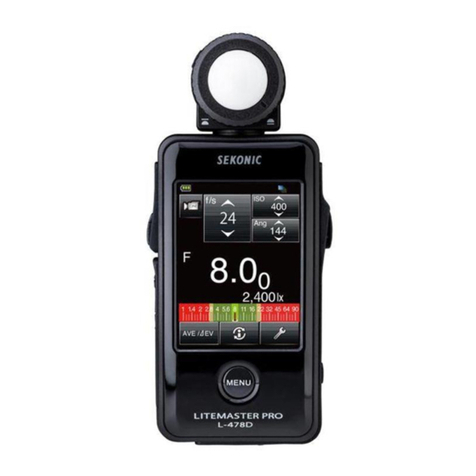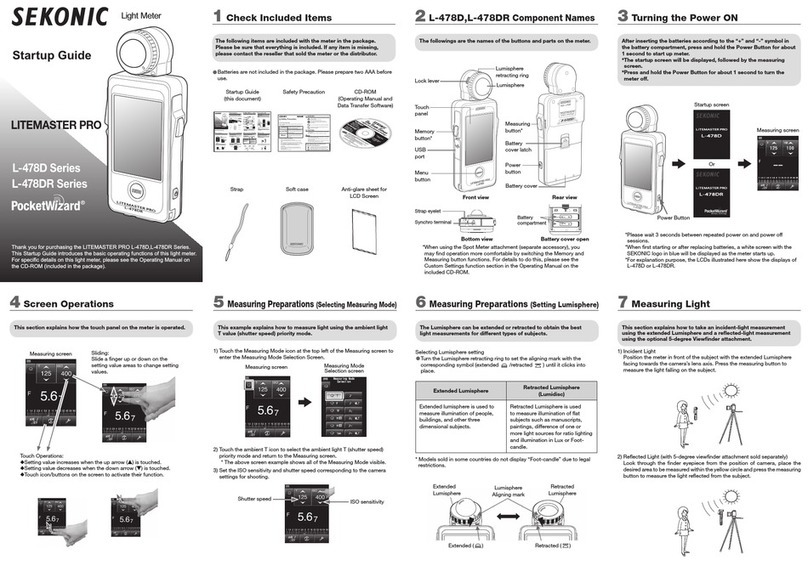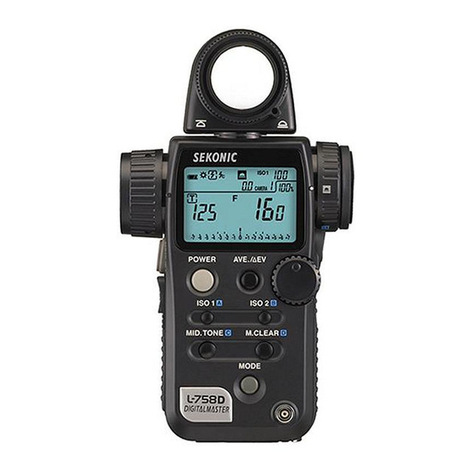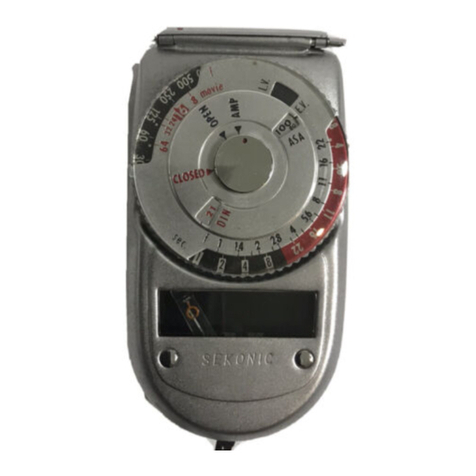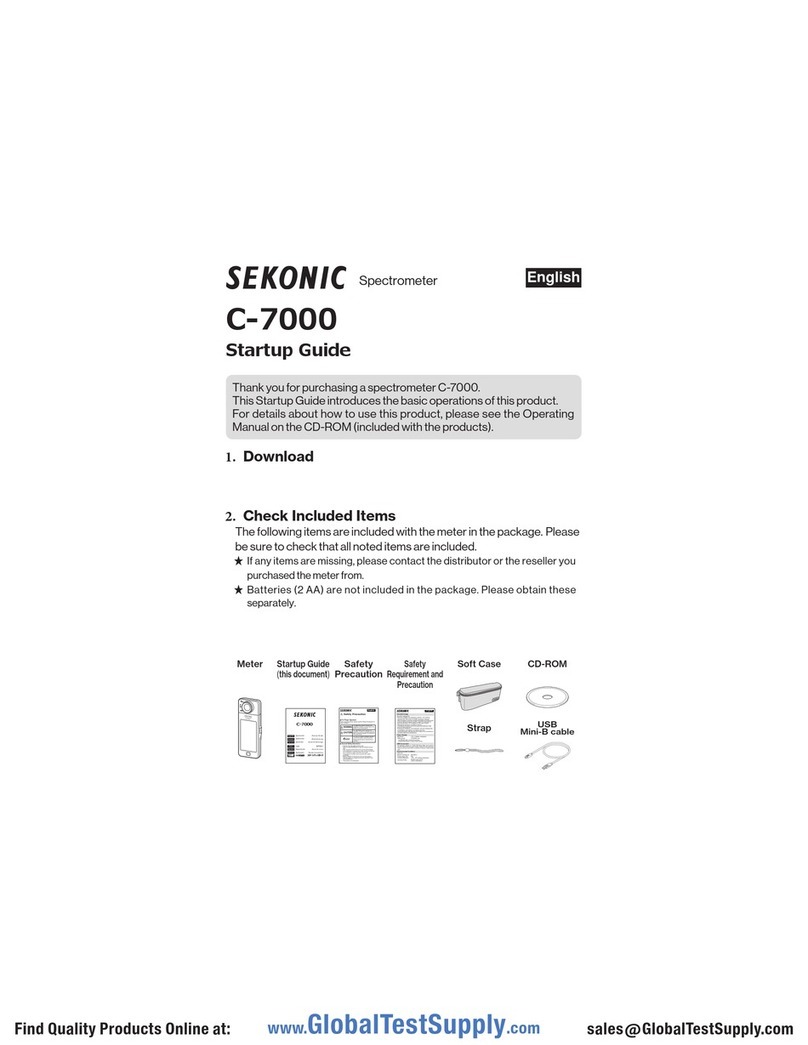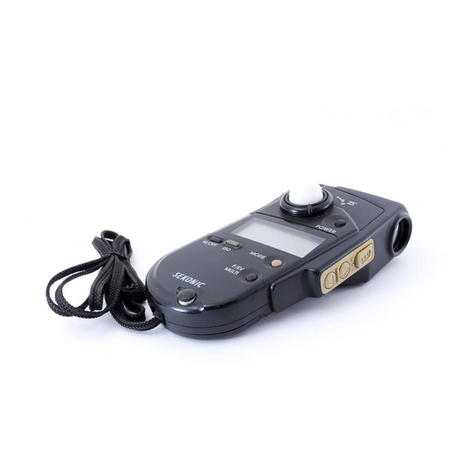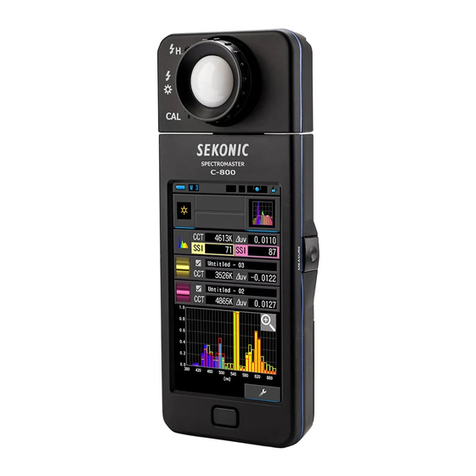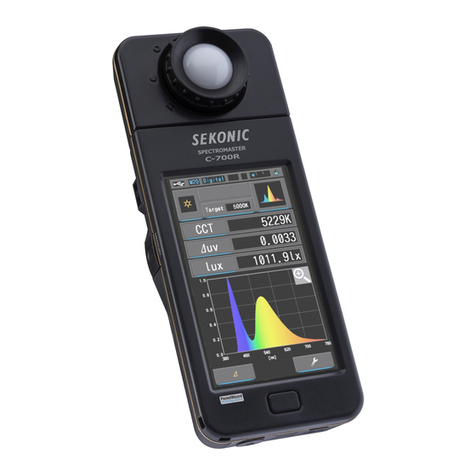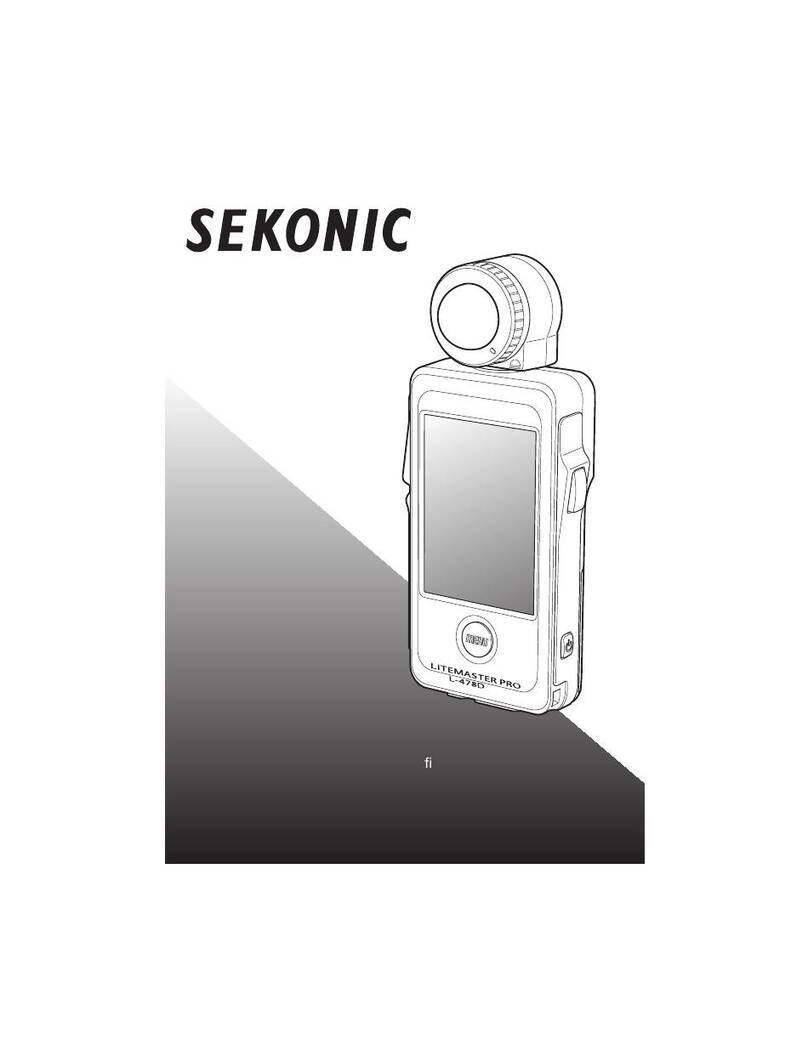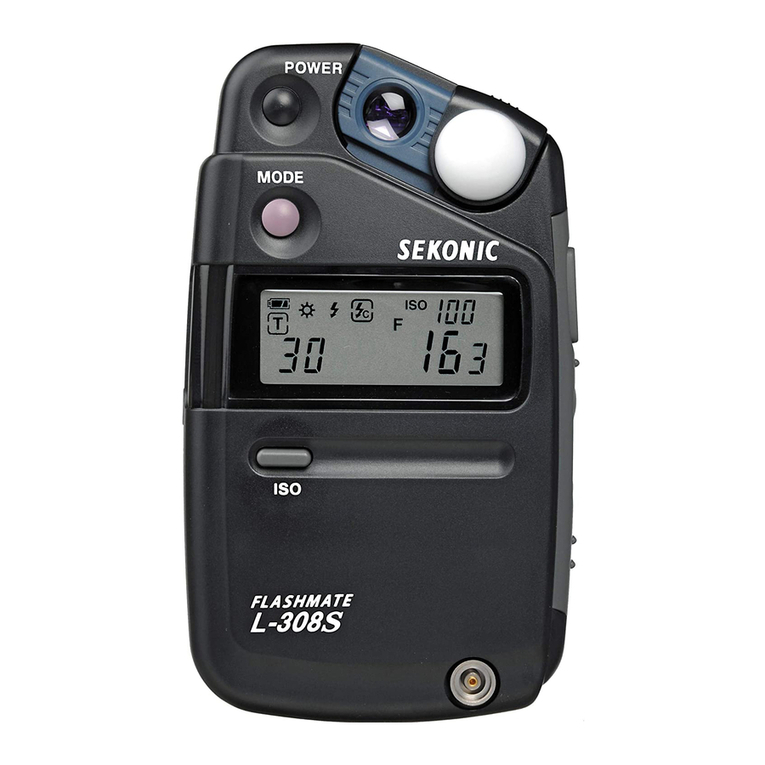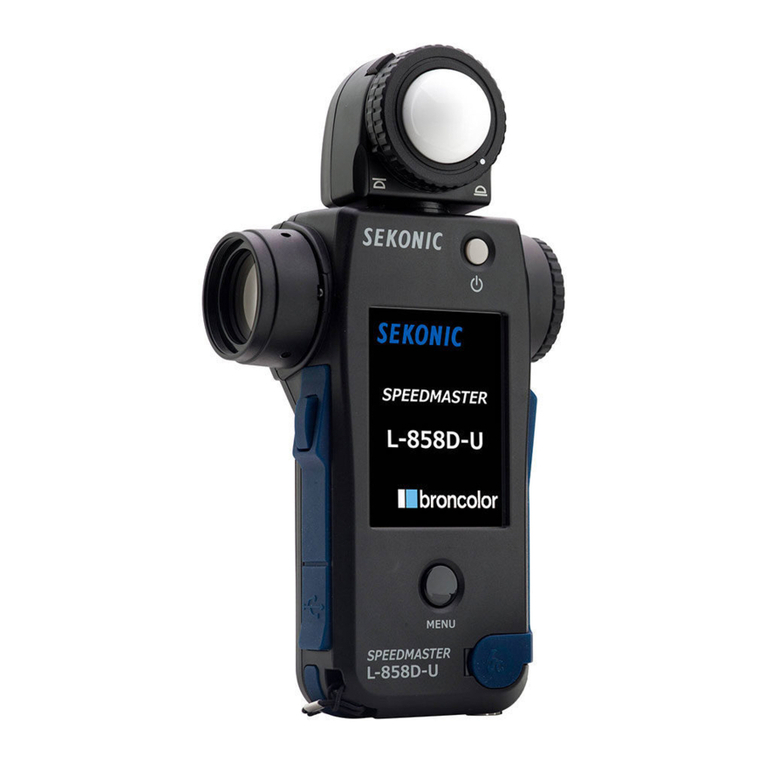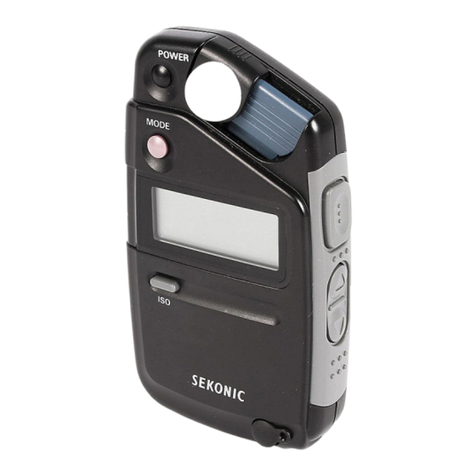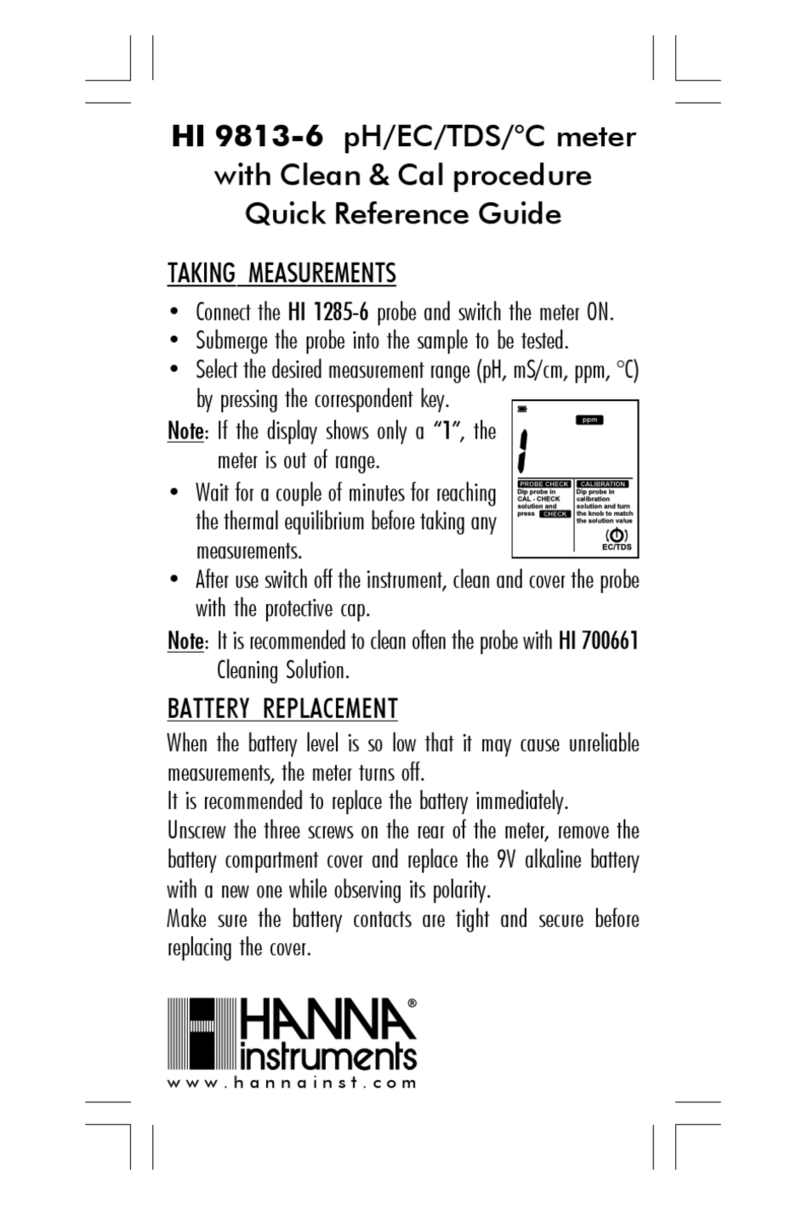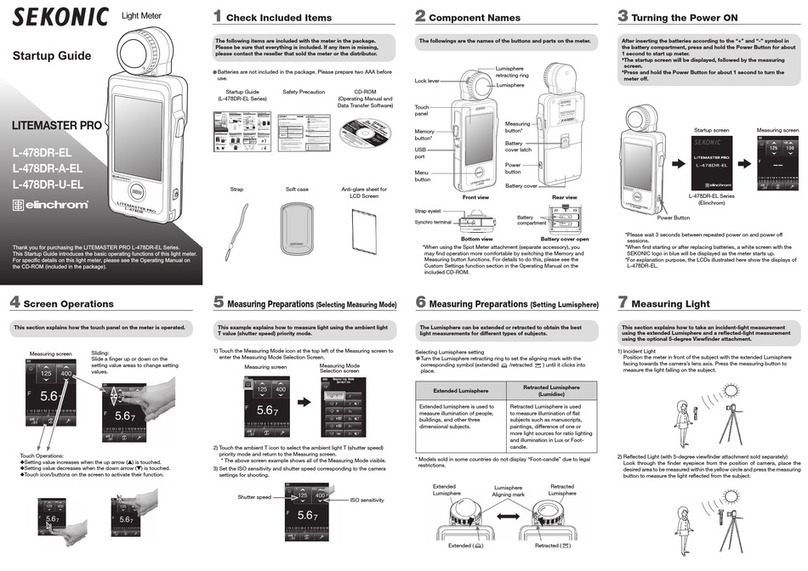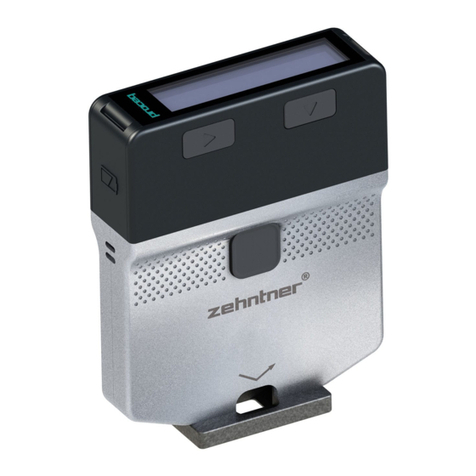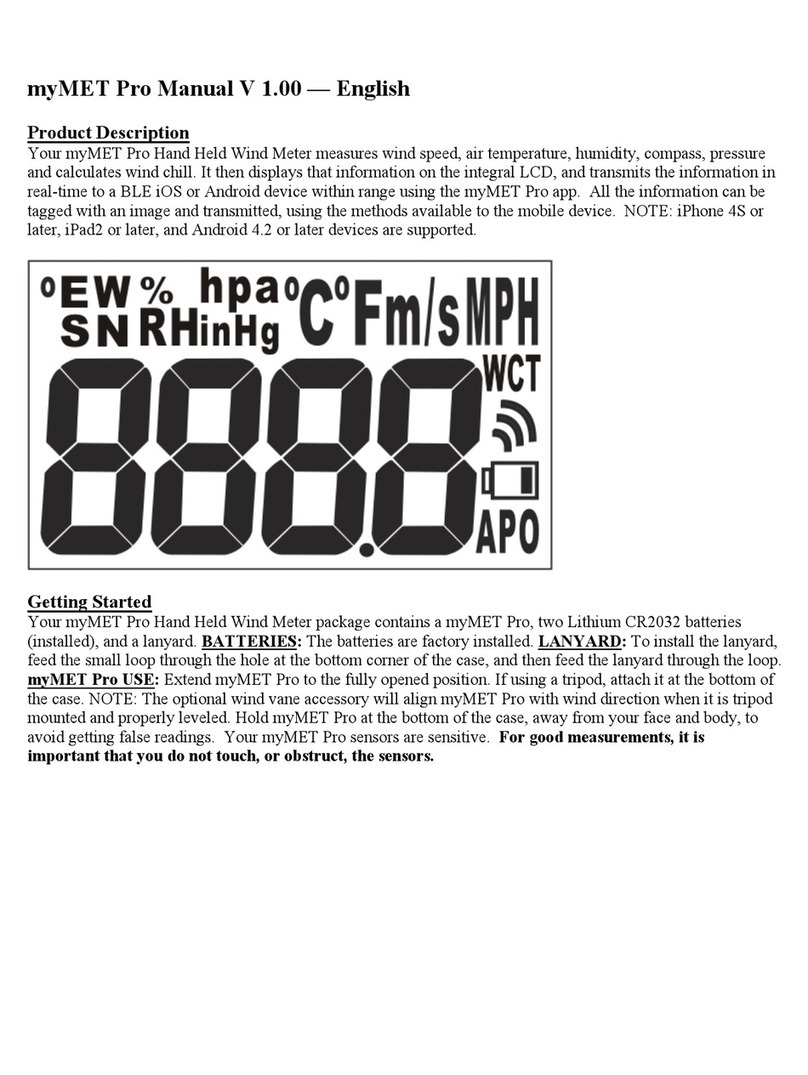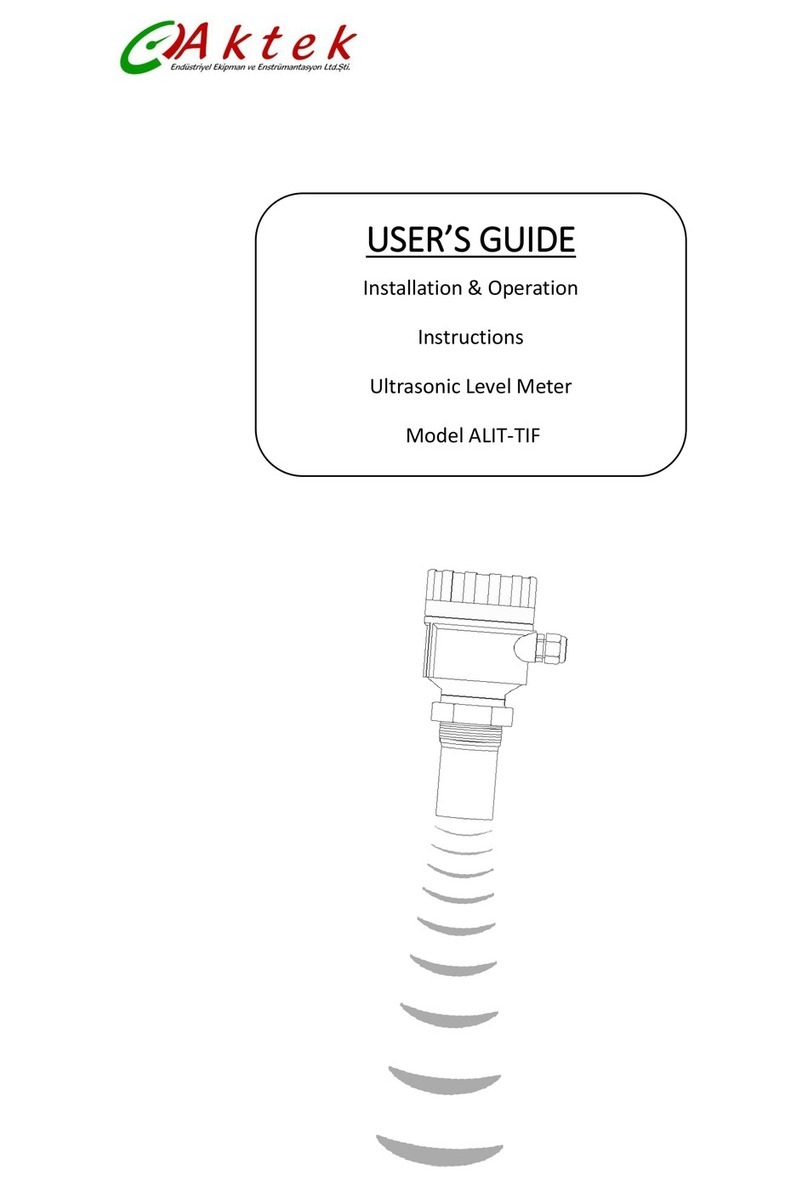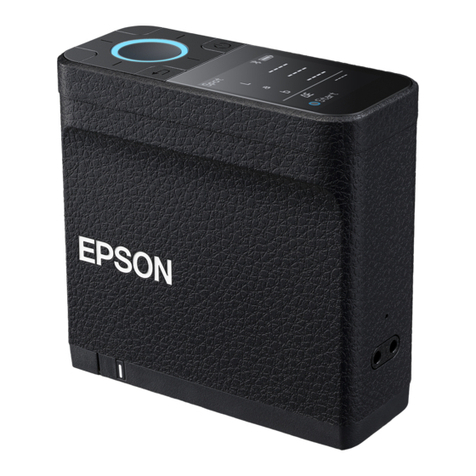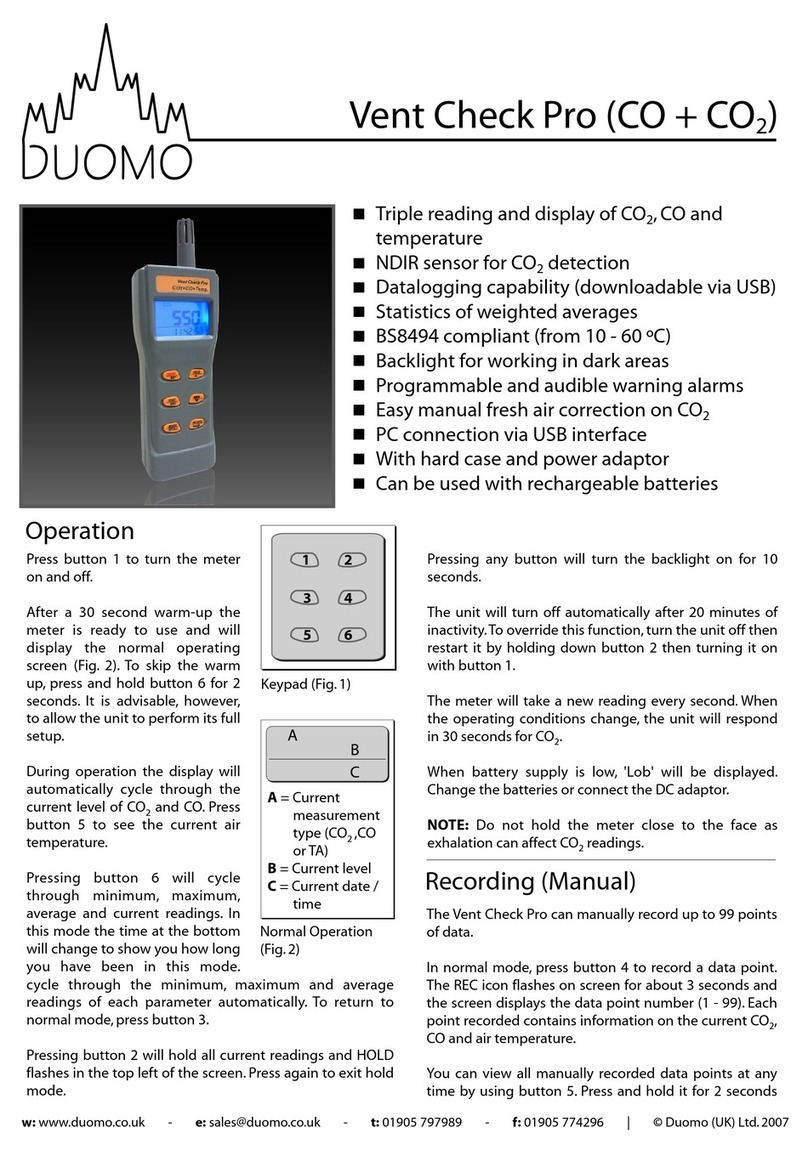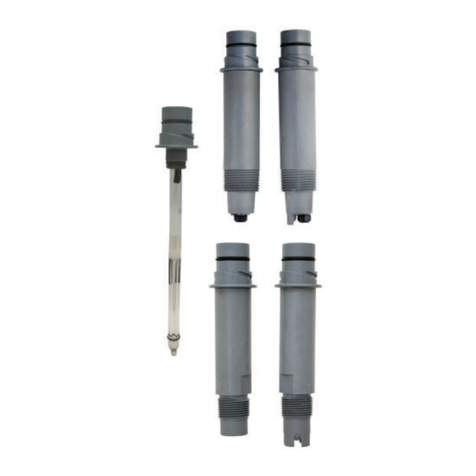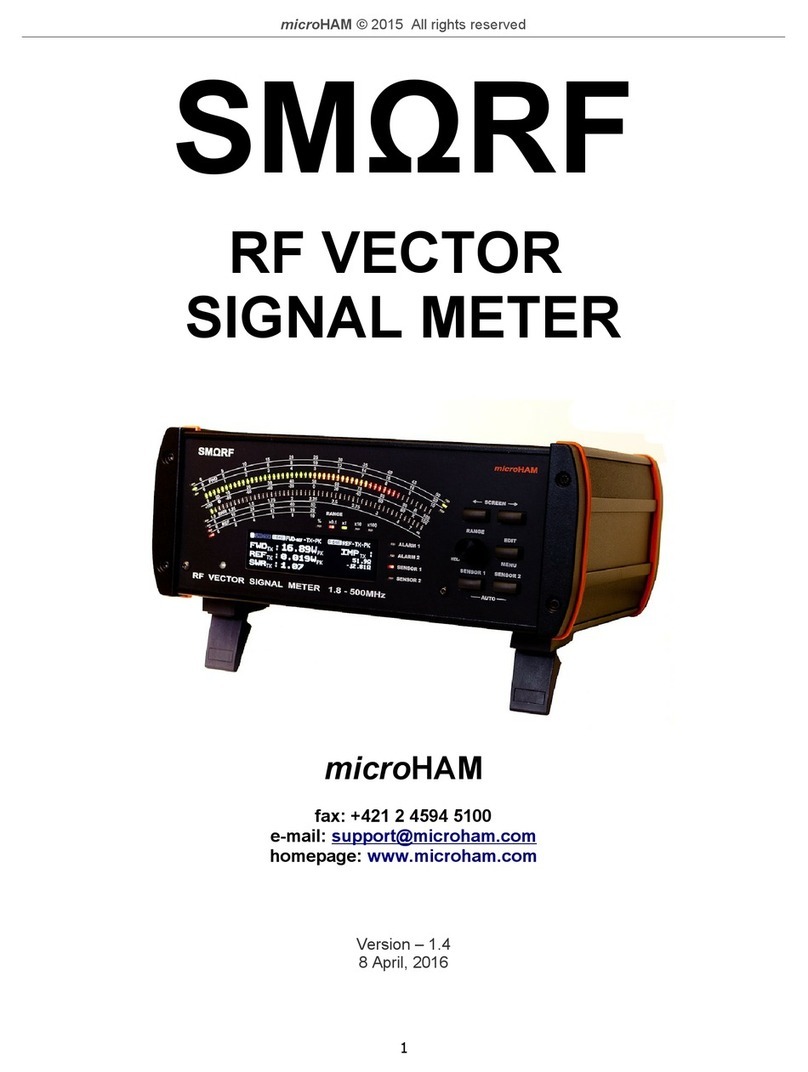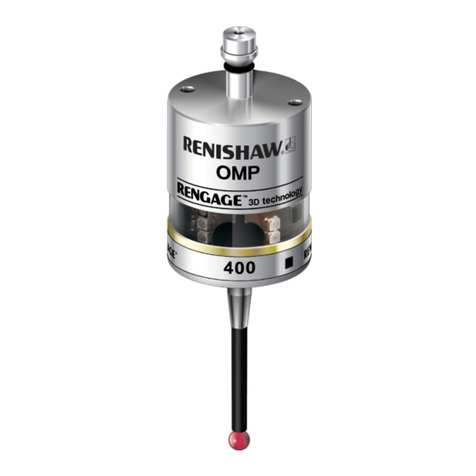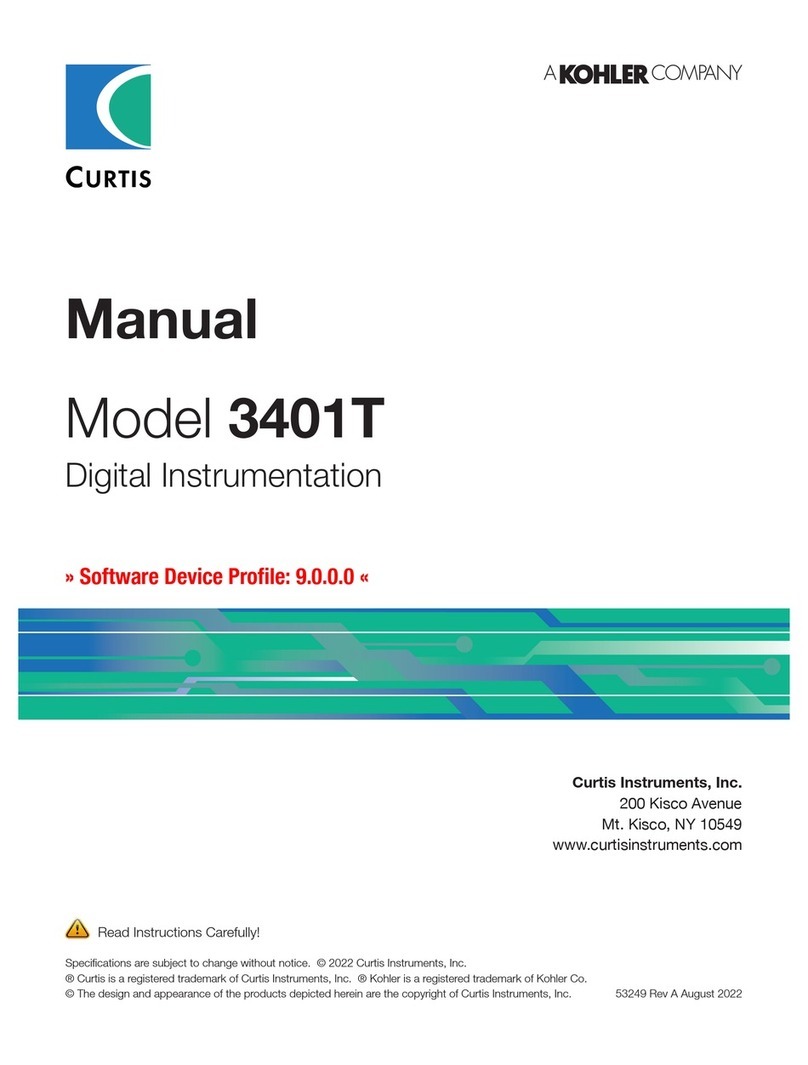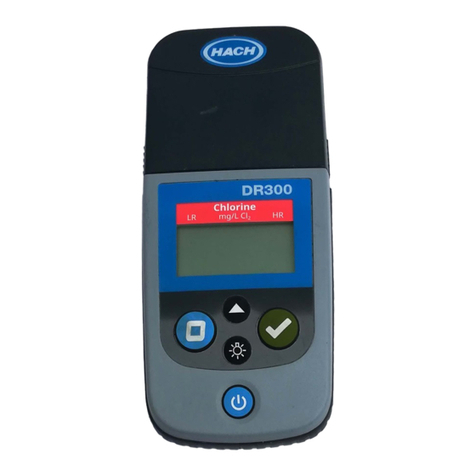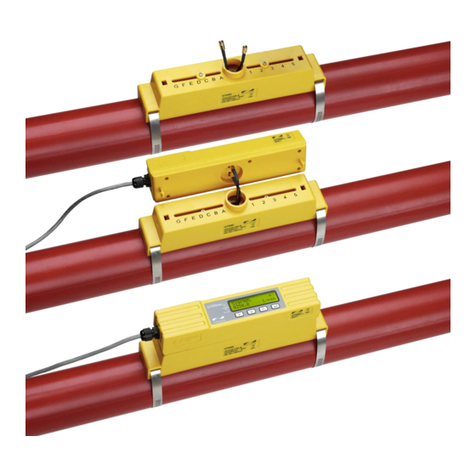3
1
About PocketWizard Wireless Technology.
1-1.
How to use L-478DR Series with PocketWizard Wireless Technology
Plug-in external or built-in PocketWizard receivers are required to work with the
PocketWizard wireless technology. Radio triggering enables a single photographer to
easily trigger and control ash units.
The radio transmitter built into the L-478DR Series is only compatible with
PocketWizard products as well as ash brands that have PocketWizard radio receivers
built into. Please read the instruction manuals provided with these products for details
about using them. Please go to www.pocketwizard.com to learn more about their
products and compatibilities.
<Standard System>
PocketWizard Standard system provides simple triggering and do not allow
power control. The feature 32 channels: Channels 1-16 re single trigger signals;
Channels 17-32 have four zones (A, B, C, D) which enable triggering four separate
ashes on each channel.
<ControlTL System>
When used with ControlTL receivers, the L-478DR Series is capable of controlling
the power level of the compatible ashes connected.
The ControlTL system features 20 channels for FCC&IC version or 3 channels for
CE version, and three zones (A, B, C) allowing control of three separate ashes on
each channel.
<Radio Frequency>
To comply with local broadcast regulations, Sekonic wireless systems sold in the
various markets around the world are designed to operate at different frequencies.
Sekonic meters have built-in transmitting antennas that are specically tuned for
their market area. When purchasing and/or installing a transmitter module or using
the meter with a receiver, be sure that the meter and receiver are designed to be
used in your location and use the same frequency.
•USA/North American market frequencies (FCC & Canada IC): 344.0 to
354.0MHz
•European and other market frequencies (CE, NCC or OFCA): 433.42 to
434.42MHz
•
Successfulradiotriggeringdependsonseveralfactors.PleasereadthesesetupstepsbeforeusingtheL-478DRSeries
toradiotriggerashunits.
1. Itisthebesttopositionthemeterinsightoftheradioreceiver(orashhead).
2. Positiontheradioreceiversothatitisawayfromlargemetallicobjects,concrete,orcontainersofwater(like
people).
3. Securetheradioreceivertotheashusinghook-and-loop-typeattachmenttapeorthethreadedsocketontheradio.
Makesuretheradio’santennaisabovetheashbodyorgeneratorpack.Donotallowthereceiverantennato
contactmetalobjects.
4. Sometimes,conditionsdonotallowradioreception.Thesecouldincludestronglocalradiointerferenceor
beingnearobjectsthatblockorabsorbthesignal.Repositioningtheradio,evenslightly,canreestablishcontact.
Alternatively,checktoseeiftheradioreceiverisbehindobjectsthatabsorborblockradiowaves,suchasconcrete,
metalorlowhill.
5. Operationisthebestwhenthemetertoreceiverdistanceiswithin30meters.
















